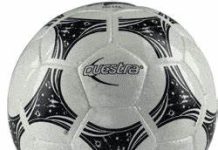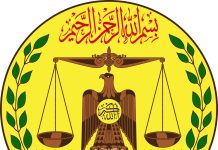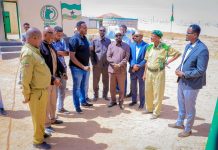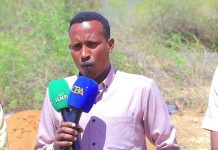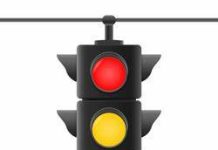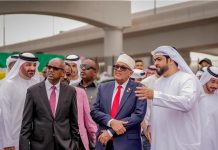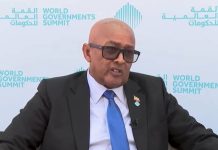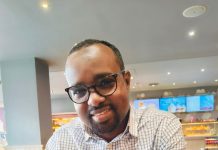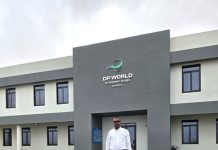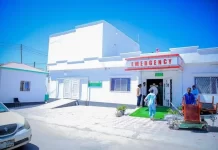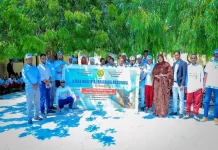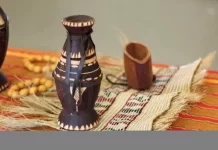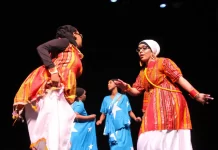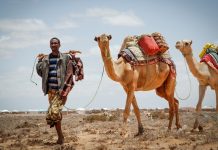Executive Summary
I have paid a visit to Malawle IDPs in Hargeisa Somaliland on 22nd November, 2019. Then, I have done a multi-dimensional assessment and compiled for this report. Also, in this report there is an encrypted information which is reflecting the real living situation of Malawle IDPs’ residents and the challenges they have experienced for the short period they have been living there after when they were migrated from at Boqol-iyo-Kontonka village. Also, the main consequences they face including, poor sanitation, lack of enough and affordable water, lack of free basic education, lack of police station, and so on. Thus, afterwards as to respond these difficulties there are suggested solutions including special and separate toilets must be built, water tanks must be provided, formal and equipped health center must be built and etc.
Introduction
Malawle IDPs is located south-east of the west check-point in Hargesia .While the residents were formerly migrated from at Boqol-iyo-Kontonka village (Street number 150, Hargeisa ) in June 2019. Then, they were relocated to this place which some people call “Guinea Conakry IDPs Hargeisa” ,but it’s well-known name is “Malawle” since it is very close to a hill which is called “Malawle”. Also, the number of families who were relocated to this IDPs are 456 families . Moreover, the inhabitants of this camp have not an operative, accessible and affordable basic social services such as; primary education, clean and enough water, transportation, security, health services and good sanitation.
Methodology
Collection of this critical information, I have used a variety methods which made possible to wrote this report including, participant observation, in-depth interview, note taking, narrative representation, voice recording, FGDs and direct translation
Key Findings /Discussion
Here are the main findings and discussion of the Malawle IDPs situation which was gotten out during the outreach session .Also this following points including challenges and opportunities they had within and before the visit, but mainly this report focuses for the needs of these displaced people .Similarly, the most targeted areas are health, sanitation, education, water, security, psychosocial, and their economic aspects.
Water
For a close looking , in the world there is no one who can live without water, also lacking of sanitation and good hygiene might cause disease outbreaks which relates to either waterborne or airborne diseases and combination of this two major issues may can result even death. Similarly, during the outreach I met with number of peoples who live in Malawle IDPs and as they have stated during the interviews the camp residents were not able to get clean and enough water since the IDPs has not water cascade or public water supply systems .Thus, the residents buy water from tankers ,but tankers do not deliver water for families who do not own water tanks which its volume is at least 1000L .In contrast , they use jerry cans which their volume is 20L.Therefore, the tankers refuse to pour water for their jerry cans since the families have not water tanks. In addition, the price of water is unaffordable according to capacity of this displaced people. Furthermore, most of the families experience lack of water due to lacking of water vessels which meet the standard that the tankers set.
Sanitation
According to environmental location, this IDPs is located near a valley which is surrounded by small farms and its far from the new west check-point of Hargeisa (Former Buurta-kalajeexan ) for a less than three kilometers.
In generally, inside the IDPs , it has been built a public toilets which are composed set of rooms that share one hole by location (Number of toilets within one hole ) . Similarly, most of the toilets are shared by different families and this situation is the which results outbreak of worms and young insect in the toilets which are climbing the walls of the toilets even outer parts of the toilets. Therefore, users experience fearful situation due to these worms. Hence, this seems unsanitary condition which was resulted by grouped toilets and their building systems with the using process of the residents. Also, some of the users claimed that the toilets’ holes are too short and they were not dug as deeply when they were being built. In one hand, some of the residents started to use the valley as they expel feces and urinate since their toilets became unsatisfactory. In addition, this way resulted insect outbreak including different kinds of flies. Similarly, there is water dam which is contained for rain water and it is near the valley .Also, displaced children go to swim there and this water is a contaminated water. Thus, these condition can result disease and even death if it is not controlled. Moreover, their waste and rubbish are discarded in the valley without proper disposal and there isn’t functioning waste management group.
Education
This IDPs has not yet a formal primary or KG school, but there is only temporary Qur’anic school which was built on the east site of the camp and it is made up an iron-sheet. On the other hand, most of the children do not go to this Qur’anic school since they cannot afford the tuition fee. In contrast, there is ongoing building which is intended as public school. Also, some of the parents claimed that their children walk for more than 4 kilometers in purpose of studying to Buurta-kalajeexan area because there is no affordable buses and the minimum cost that someone travels to the Buurta-kalajeexan, is at least 5000 SLSH. Moreover, these families have not a capacity to cover their children’s transportation and schooling fee.
Health
The health situation of the camp is not an effective according to our participant observation and clients’ satisfaction since this camp has not a formal health center and adequate drugs are lacked as to treat clients. Also, medical diagnostic tools are inadequate because when we paid a visit for the temporary MCH which is the only health facility that located in the camp and met with number of clients who lacked even their BP result due to lack of diagnostic tools .Also, the doctor of center said that there was only one Sphygmomanometer(Blood pressure measurement ) in the center which is not functioning ,but today’s morning while I was arriving at the center I brought this automotive blood pressure gauge and it got dysfunction similar to the former one. In contrast, there were lots of women who were claiming that “this center cannot cover our health needs and we desire to get another formal health center which is better than this one”. Moreover, a lactating mother said “I gave birth before one month and I did not get adequate medication, but the center gave me only for pain killers.”
Safety and Security
The distance between camp and the main road has not electricity and bulbs which glow during the night, it is a semi-valley and there is no police station in the camp, but the camp has a chairman and committee system. Also, most of the houses are traditional Somali houses and some of the house are made up an iron-sheets which have not a lockable doors. Therefore, most of women fear during the night due to fearful situation since the IDPs’ women and children are vulnerable and in risk for an abuse. Moreover, there is a valley and water-dam which may challenge for the women and children during the rains.
Psychosocial and Economical
The residents of the camp are jobless since they were migrated from at village of Boqol iyo Kontonka (Street number 150 in Hargeisa) .Therefore, ACTED organization registered the families as displaced persons and donates less than $100 per family per month. In contrast, one of the residents said that I used to work while I was in the center of the city, but at the moment if I go to the market all my incomes cannot cover even my transportation which I can reach to the market and coming back to my home. Thus, I decided to stay in the house without benefit and I do not know what to do. On the other hand, some of the residents were feeling nervousness and environmental pressure since they had not experienced out of the urban areas.
Conclusion
In conclusion, Malawle IDPs has a have-thousand families which have different circumstances and vulnerabilities and they do not able to get basic services as stated above paragraphs. Also, the place that they are located is not an effective place according to their vulnerability .Moreover, their living situation is not meeting the standard that human being can live with and they are in risk for disease outbreaks , maternal death, violence, floods and psychological trauma. Similar to that report presents numerous remedies to address the above mentioned challenges.
Recommendations
After an in-depth analysis, these recommendations are outcomes which are very suitable for their needs and trying to solve for these above stated problems ,so they are as follows;-
■ They need to be built for formal health center which can cover basic or essential health needs of the residents.
■They need to be built for special toilets per family rather than public toilets.
■They need to be donated for water tanks which their volume is at least 1000Liter per family since most of the families do not get enough water due to lack of required vessels.
■They need to be allocated for an affordable buses which the government gives a subsidy or there must be forced for the buses to reach this IDPs with same bus fare for the other villages
■Private waste management companies must reach this IDPs as to prevent environmental damage and disease outbreaks
■This displaced people needs to be trained with hand skills or polytechnic as they get an effective market opportunity which they can exercise their skills
■The Malwale IDPs needs to be built for a Police Station
- They need any support which can cover their needs
By Khalid Mahad Osman
Social Worker
gudcur89@gmail.com

